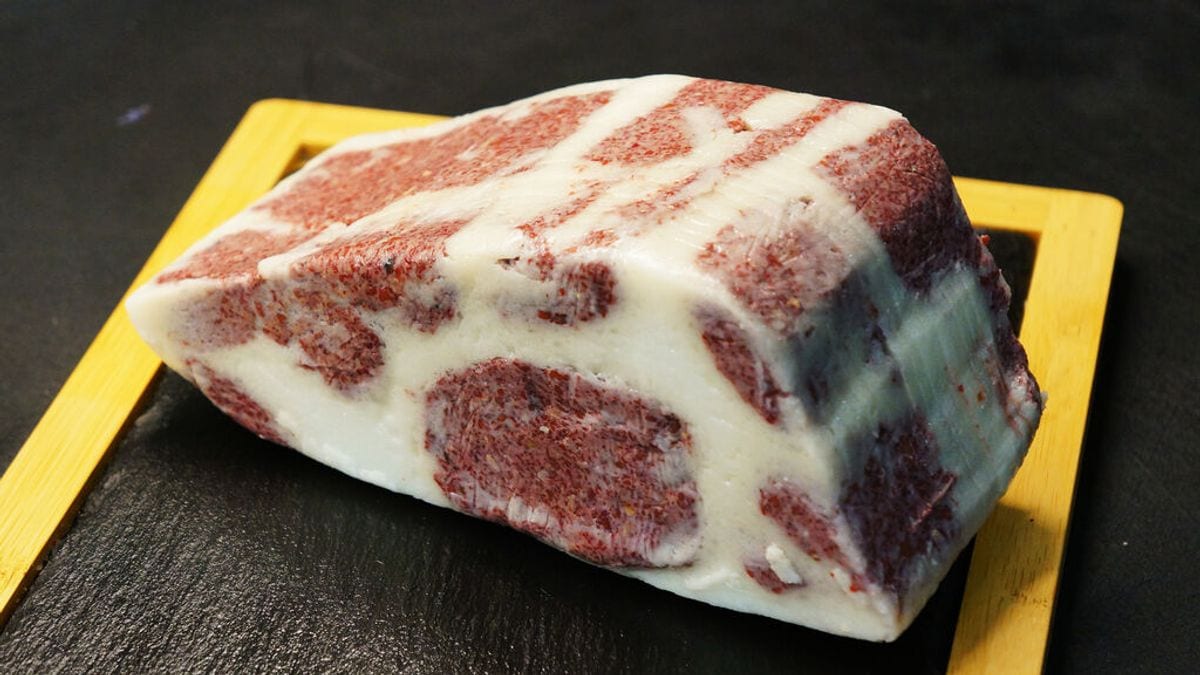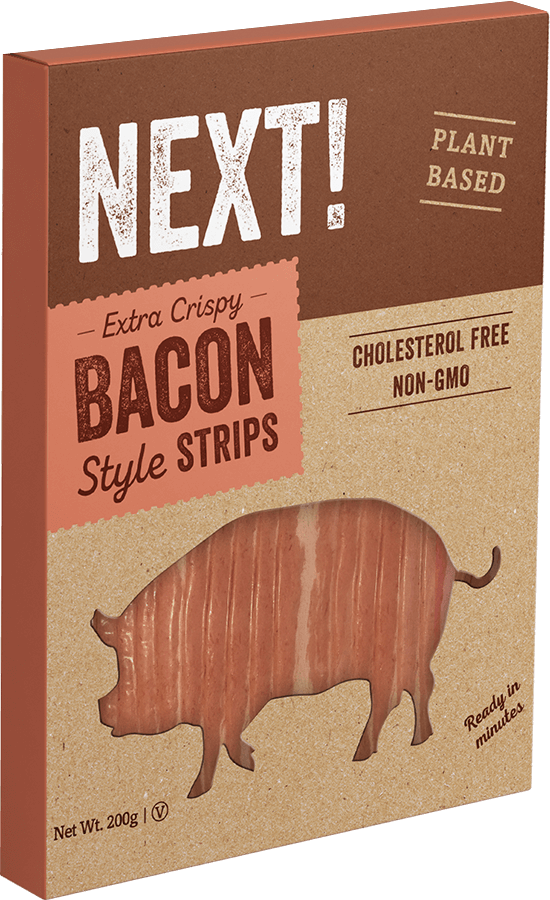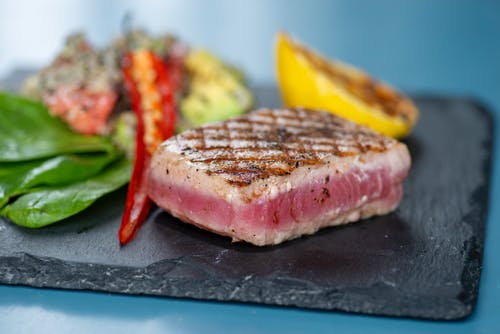Science continues to advance every day and revolutionize all of our lives. In the world of food the latest innovation is nothing more and nothing less than a artificial meat created with 3D printers. A unique and incredible fact that has been achieved by a company from our country. Do you want to know more about the printed meat and about this Navarran company based in Lesser Cizur? Stay with us to find out.
T-bone steaks in 3D, the latest from the Cocuus company
This synthetic meat has been created by the company cocus, In collaboration with the National Center for Food Safety and Technology (CNTA), thanks to a machine capable of producing eight kilos of meat per minute. It is made up of dissociated meat porridge from the less usable parts of the cow.
At first glance, this steak is identical to any other made from traditional animal meat and there are hardly any differences in taste. This is an impressive advance in the food industry that is evolving to achieve the consumption of meat in the nearest possible future. no animal sacrifice.
The Cocuus company has already won great awards such as the First European Prize for the most innovative company of 2018 in Barcelona. He too PFirst European Prize the most innovative product of 2019 in Madrid and also the PFirst Ingenia Startup Award to entrepreneurship and innovation in the food sector 2020.

How do you get the printed meat?
The manufacturing process to create this curious printed meat is called "Food to data, data to food" and consists, in a nutshell, in practicing a tac to the ribeye. In this way they get to know the 3D cell structure of that piece and then transmit to the printer how the final product is going to be. They can also control the entire process to rebuild the part and they can modify the morphology of the food according to need, for example when reducing the percentage of fat or vascularity.
From there, it only remains to feed the printer with the cell raw material and ask it to manufacture the chop. The raw material is a cell porridge almost liquid of meat or vegetable substance and to achieve it the meat is dissociated from a third piece.
Similarly, for fat, the Cocuus company uses sunflower oil, while in the steaks made of vegetable matter it uses a pea textured. The mixture incorporates binders and other substances that give it flavor, body and allow the meat to withstand high temperatures during cooking.
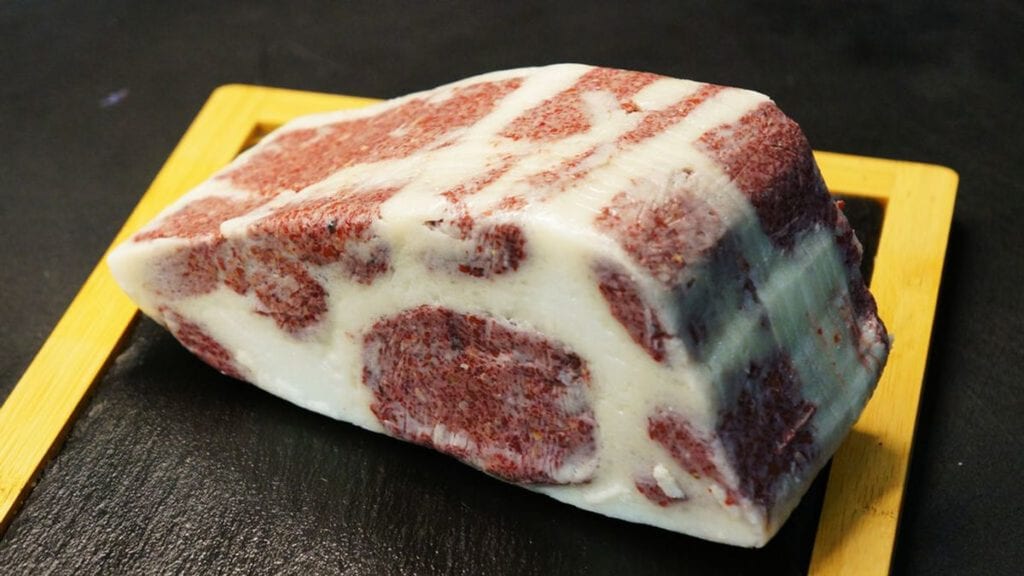
When will this printed meat be available on the market?
In just a year and a half, the 16 scientists, including bioengineers and mathematicians, who work on this project have, for example, managed to turn a second-rate veal skirt into a appetizing ribeye. In addition, they have also managed to manufacture bacon or lamb ribs and have been able to replicate the process to develop steaks of synthetic salmon.
Therefore, given the level of speed that they carry despite the difficulty of the project, it is expected that for January, for February or for March of next year this type of meat is already on the market. There you can choose chops that can be made from the least usable parts of the cow or even choose those created by a bioreactor only with vegetables, for example, with green peas. These second ones are designed especially for the consumption of people who follow a vegan or vegetarian diet.
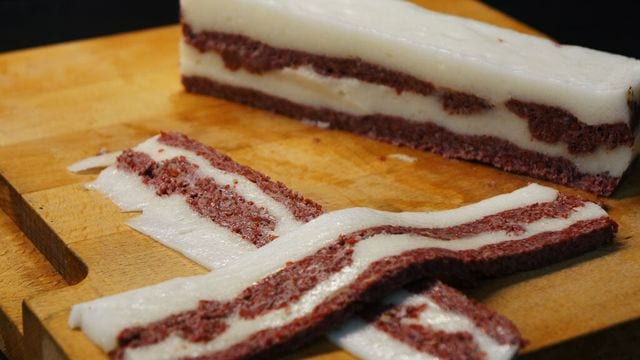
The revolution of the food world is already a complete reality and news like this printed meat they surprise and fascinate us all. In addition, synthetic meat is an alternative to reduce the intensive livestock farming and its environmental problems. And likewise, it can be a way of feeding a population that does not stop growing and asking for alternatives to traditional consumption. And you, will you be among the first to taste this meat when it is launched on the market? What do you think about this revolutionary innovation? Do you think it will end up replacing traditional meat or will it be just another alternative?


